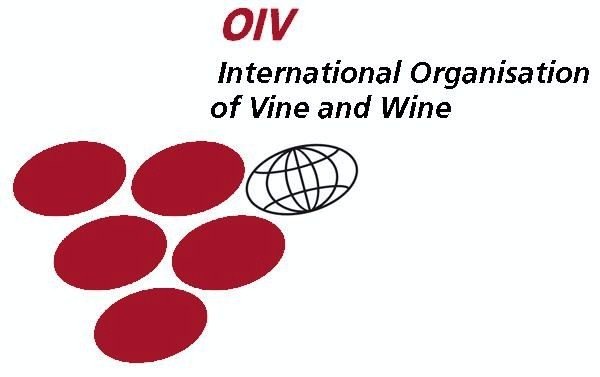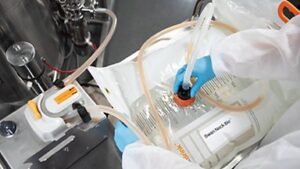Friday, 26 September 2025
International Organization of OIV officially incorporates NMR method
The move addresses the increasing demand for assurance of the origin and integrity of wine from the vineyard to the point of sale, enhancing supply chain surveillance and protecting valuable…

The move addresses the increasing demand for assurance of the origin and integrity of wine from the vineyard to the point of sale, enhancing supply chain surveillance and protecting valuable brands
Nuclear magnetic resonance (NMR) spectroscopy has been incorporated by the intergovernmental and International Organization of Vine and Wine (OIV) in its compendium of International Methods of Analysis of Wines and Musts, for the quantification of six key parameters in wine – glucose, malic acid, acetic acid, fumaric acid, shikimic acid and sorbic acid.
Traditionally, several analytical techniques with individual calibrations are needed to measure these parameters. Now, 1H-NMR can very accurately quantify a significantly higher number of compounds in wines – simultaneously, label-free and with a single calibration.
The advent of advanced techniques like 1H-NMR helps to complete the chain of authenticity in high-end wine supply chains. The 1H-NMR fingerprint contains hundreds of signals that, when combined with sophisticated statistics, allows the creation of robust databases, providing a reference for the contents, varietals, and regions of production of wines.
Bruker’s NMR Wine-Profiling™ 4.0 module is based on the 400 MHz NMR FoodScreener™ platform. Now, 1H-NMR profiling has been accepted by the OIV, and offers the direct, label-free quantification of 53 compounds in a single, automated measurement. This enables the verification of geographical origin, grape variety of monovarietal wines, and quality grade, e.g., of Spanish red wines. This addresses the increasing demand for assurance of the origin and integrity of wine from the vineyard to the point of sale, enhancing supply chain surveillance and protecting valuable brands.
Elena Meléndez Álvarez, Director at the Estación Enológica de Haro, La Rioja, Spain, commented: “The versatility of this equipment makes it possible to adapt the analyses to our client´s specific needs. A single analysis is enough to obtain information about over 50 wine metabolites. Until now, a wine laboratory would have had to use a combination of various methods to arrive at similar results. The Wine-Profiling™ 4.0 module gives an overall view of the wine’s main components, such as acidity and alcohol content and of minor ones, like polyphenols and amino acids.”
Following this major milestone in NMR-based wine profiling, Bruker continues to innovate in NMR and is developing advanced food analysis solutions based on the principles of blockchain to identify adulteration in high value products such as honey, juice, spices and olive oil.
Technology
Nestlé UAE and Emirates Foundation partner to advance national food waste reduction goals
Sep 26, 2025 | Company News
SADAFCO to launch Tetra Pak E3 speed hyper line in Saudi Arabia
Sep 26, 2025 | Company News
MARMADE to harness marine biomass for innovation in food and feed ingredients
Sep 25, 2025 | Company News
Food Testing
Reducing Testing Time from 15 Days to 72 Hours: bioMérieux Leads the Way
Sep 19, 2025 | Food Safety and Testing
MycoTWIN boosts Türkiye’s Mycotoxin research with EU support
Sep 17, 2025 | Europe
Tetra Pak and Swan Neck Bio collaborate to simplify scaling of new food
Sep 11, 2025 | Company News
More Popular
Marico showcases commitment to food innovation and better health at World Food India 2025
Sep 26, 2025 | Company News
Nestlé UAE and Emirates Foundation partner to advance national food waste reduction goals
Sep 26, 2025 | Company News
SADAFCO to launch Tetra Pak E3 speed hyper line in Saudi Arabia
Sep 26, 2025 | Company News






